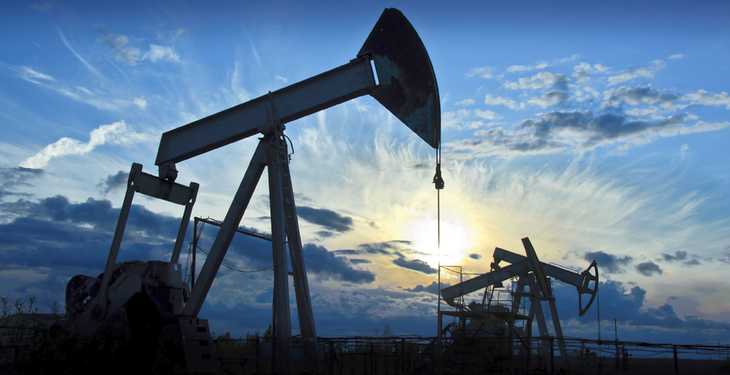From the vantage point of early 2016, the year’s final quarter was widely expected to deliver a firm recovery for oil prices. Prolonged price weakness, it was thought, would ultimately trigger strong demand growth while reducing high-cost production enough to balance the market. Instead, the oil market remains locked in a $45 to $50/barrel range from which it will struggle to escape from into year-end, says Ole Hansen, analyst, Saxo Bank.
Rising OPEC supply (both from new production and reduced supply disruptions), together with Russian production hitting new record levels, has once again delayed the rebalancing process. In addition, the past quarter showed emerging resilience among US high-cost producers which are once again adding rigs amid stabilising oil output.
The pump-and-dump strategy introduced by Saudi Arabia in November 2014 was called off at the September 28 when OPEC members meeting in Algiers decided to cut production by up to 700,000 barrels/day with the allocation expected to be agreed at the next official OPEC meeting on November 30.
The decision was taken to establish a floor under the market with the upside limited until the global overhang of supply start to show signs of being reduced.
Several questions were left unanswered:
- Who is going to cut given some members including Nigeria, Libya and not least Iran will be excluded.
- Who will provide the barrel-for-barrel reduction of the potential increase coming from Nigeria and Libya?
- Will OPEC actually be up to the task of complying with their decision. Recent history shows that actual production most of the time has exceeded agreed limits.
- When will the cuts come into effect? If not agreed before November 30 the impact is not likely to be felt before well into 2017.
The devil’s in the details. This was the easy decision compared with the hard bargaining that now lies ahead of the November 30 meeting. If Russia joins, we have a proper deal which could propel oil back to the July level but unlikely higher at this stage.
US producers have been taking advantage of hedging opportunities in 2017 and 2018. Central banks’ experiments with negative yields, meanwhile, have ensured that plenty of investors have been prepared to lend money to the sector. The Opec deal if successful will also cheer US and other high cost producers considering the potential it provides for stabilizing and eventually boosting production.
On top of all this, we still need higher oil prices in the future in order to attract the investments required to ensure stable supplies. During the final quarter we expect the $45 to low 50s range to be maintained for Brent crude oil. The deal among OPEC producers to cut production is unlikely to have a major positive impact on prices at this stage. It will, however, reduce the time it takes to bring down the global excess supply overhang of both crude oil and products.
The lasting impact of such action is not likely to be felt until 2017 on the assumption that global demand growth continues to rise. In a recent report, the International Energy Agency said that oil demand growth from China and India was slowing at a faster pace than initially predicted as underlying macroeconomic conditions remained uncertain.
